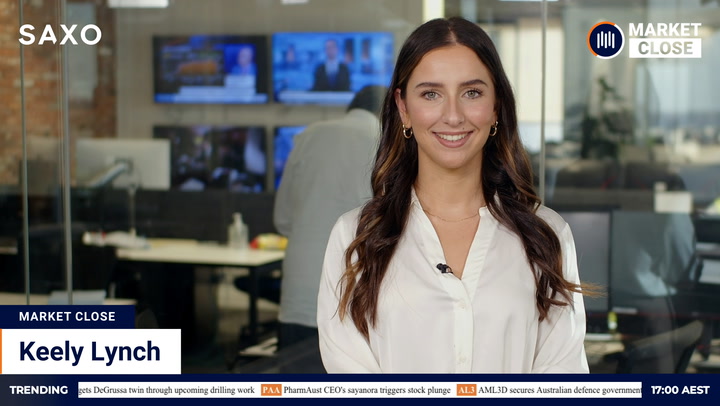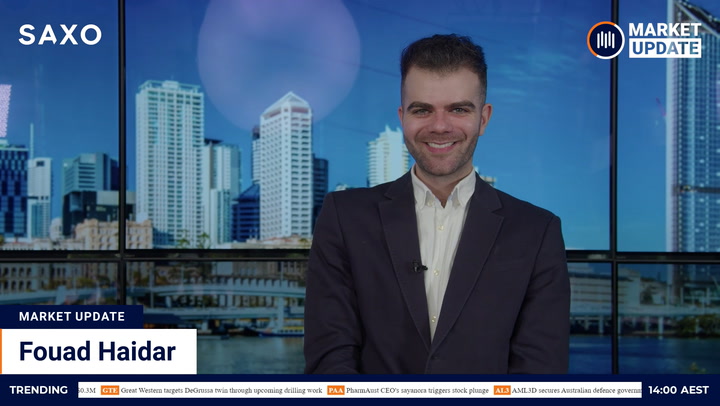- Vection Technologies provides technology solutions in the emerging industry of “XR” or Extended Reality
- A key driver of share price growth has been announcements of Total Contract Value or TCV is the entire value of a contract with a customer
- TCV is not the same as actual revenue, and neither TCV nor revenue are the same as actual cash in the door
- Actual business operations are cashflow negative and are supported by capital raises
- In recent weeks the share price has dramatically increased then fallen after a capital raise
Software company Vection Technologies (ASX:VR1) has been in the news lately thanks to a staggering share price rise, followed by an equally staggering fall.
In just four weeks it soared from 9-cents to 27 cents.
Within a week-and-a-half, it was back to 16 cents on the back of massive selling.
At the end of November 2021 Vection announced it was raising $12 million by issuing 60 million shares to Australian and international institutional investors.
Vection provides technology solutions in the emerging industry of XR or Extended Reality – which includes Virtual Reality, Augmented Reality and Mixed Reality.
The XR industry is buzzing lately, especially after Mark Zuckerberg’s October announcement that Facebook is being rebranded to ‘Meta’ in line with their plan to build the ‘Metaverse’ – a futuristic version of the internet that involves 3D virtual environments using virtual reality headsets.
So, it stands to reason Vection is riding the coat tails of the world’s 5th richest person’s big plans, by declaring that they are well positioned to benefit from this move towards this ‘new’ internet.
In fact, just 12 days after Mr Zuckerberg’s announcement, Vection released an announcement of its own, claiming that its Total Contract Value had gone up by 58% since the end of the first quarter.
Multiple announcements
This was followed by another announcement, just a week later, that their TCV had risen further, with an 80% increase in TCV since September.
And another announcement two weeks later, on December 2nd, that their TCV had grown again, to now being 120% more than the first quarter, taking TCV to $11 million.
But, before we get too excited, what does Total Contract Value really mean?
Total Contract Value – What is it?
Total Contract Value or TCV is the entire value of a contract with a customer.
It’s a function of how much is earned per month, by the length of the contract, plus any additional one-time Contract Fees.
So as a simple example, a customer who signs up for a 12-month contract at $10 a month, with an establishment fee of $50, would yield a TCV of 12 x $10 + $50 = $170
TCV is particularly useful for companies which offer “Software as a Service” (SaaS) or for subscription model businesses.
It helps them estimate their revenue more easily, more accurately and make business decisions based on it.
But just like the internet, TCV can have its uses AND abuses.
Making assumptions?
Going back to Vection’s announcements in November and this month, there are several key things to note.
Firstly, the TCV assumes that the contract will be completed in full by the customer.
But should a customer cancel part way through or not pay altogether, only part of the TCV will be classified as actual revenue.
Vection didn’t mention in its Announcements the terms and conditions of the new contracts.
Specifically, the cancellation terms and whether any penalties would be charged.
You can “expect” a client to pay all their payments on time, but as we’ve seen the last couple of years… life happens!
This means that depending on the length of the contracts and when Vection actually delivers the services, much of their claimed TCV might not hit revenue for months or even years later, instead staying in a box called ‘deferred revenue,’ way outside of their profit and loss statement.
And again, if a contract is cancelled part way through you can’t record it as revenue either.
Now their announcement did provide some level of comfort with this statement saying…
“Individual sales …. are expected to complete with varying dates by the end of March 2022, in addition to subscription and maintenance packages to be invoiced during the current fiscal year with varying dates and payment terms.”
But the key word here is ‘expected’.
Something missing?
Just why are they announcing sales if they’re not yet completed? And varying dates and payment terms? Until the contracts hit revenue and until cash is received from customers…we can’t be so certain.
Thirdly, their announcement refers to growing various market segments.
For instance, in the seven-day period between their two November announcements, Vection stated they’d added a million dollars to their TCV from customers in the ‘Media and Communications’ sector.
No specific information on who these customers were or what specific products or services are being provided to them.
A million dollars in new contracts is a big deal, but apparently not big enough to identify who the contracts were with.
The announcements even go as far as saying ‘individually material contract award(s) will be separately announced to the market as applicable’.
Well, not this time!
Their websites and announcements boast large and well-known brands such as Lamborghini, Fendi and Hewlett Packard.
But what specific products and services do they actually build or provide for these companies?
The bottom line is this…
TCV is not the same as actual revenue, and neither TCV nor revenue are the same as actual cash in the door.
Let’s take a deeper look into how cash and revenue are doing for Vection lately.
Starting with Cash…
Back in late October, Vection released another statement highlighting how their cash receipts from customers had grown by 172% since the final quarter of FY2021, boasting a healthy cash balance of $6.8 million.
But as we dive deeper, we see that while cash in the door has increased by 172%, cash expenses outdid cash receipts by $700k.
What good is it to receive more cash from customers when that and 24% more cash is leaving heading out the door by way of…
- production, manufacturing, and operating costs,
- staff costs,
- and the particularly vague ‘administration and corporate costs?
In the very same quarter, the company managed to receive $387k in bank loans, yet still had an overall net cash outflow of $674k!
So, while cash receipts from customers increased during the quarter, quarter by quarter, their net cash balance actually decreased by $270k.
All that glitters is not gold…
Now, if we look at their latest annual report for last financial year, Vection is bleeding cash in its standard business operations – with a net cash outflow of $2.3 million.
But for their capital raisings throughout the year, which raised a collective $7.2 million, they would be in a very different cash position.
Again, unless these new contracts can translate to actual cash receipts from customer in their financials to come, it doesn’t mean much at all.
Now onto Revenue…
From the trajectory of the share price, having jumped over 500% since July 2020, you would think the company is having a wild ride with revenue too, right?
Well not quite.
In the past financial year revenue did increase by 10.6%.
However, total expenses also increased by 35%.
And when your expenses outweigh your revenue, you guessed it, you make a loss. Loss. after Loss.
In fact, in the past 4 years of doing business Vection has yet to crack a profit.
Loss before tax in the last financial year doubled to $2.3million and EBITDA losses ballooned compared with the previous financial year.
Management credits these losses to…
- depreciation, amortisation, and other non-cash expenses,
- one-off costs to purchase two companies – Blank Canvas and JMC group; and
- the establishment of their Health and Pharma Division ‘Vection Health’
By the way, Vection Technologies curiously only owns 60 percent of Vection Health; the remaining 40 percent being owned by a company related to directors Gianmarco Biagi and Lorenzo Biagi.
Even so, you could expect an increase in revenue to mean more cash in the bank from customers, right?
Well, let’s see.
Despite the 10 per cent increase in revenue, cash receipts from customers only improved by 6 per cent.
Where did the rest go?
Are they waiting to receive payments from customers?
Let’s take a look at their trade accounts receivable balance.
It has gone up 245 per cent! Not to mention their credit loss allowances, that is, how much cash they don’t expect to be able to recover from customers, has blown out 4 times!
So, going by Vection’s loss-making history, excessive spending, and seemingly low ability to actually collect all their cash from customers, how much faith can we really have in Total Contract Value numbers now?
All of this to say that, if a business can’t yet make cash and profits sustainably on its own, it can always turn to the share market to do so.
Which is exactly what Vection is doing…
A diagram they published clearly shows that, in a little under 3 years, Vection has gone to the sharemarket for cash 3 times and now has its hand out for a 4th time, with this latest capital raising.
Timing is everything…
Not to mention the nearly $1 million cash injection last month when an ‘advisor’ exercised their share options.
Great timing! Just in time for Italy-based directors Gianmarco and Lorenzo Biagi to sell 15 million shares or more than $3,000,000 worth to meet “personal and fiscal obligations”?
What a coincidence.
One has to wonder just what the market is investing in?
We’ve already seen that Total Contract Value is an “expectation”, at best.
Actual business operations are cashflow negative and they are yet to prove themselves as a stand-alone, profitable business.
Management says it is leaning heavily towards what it calls its “Verticalization strategy” with goals to continue acquiring other businesses supporting the XR space and double its combined revenue in the next financial year.
Lofty dreams that you could say border on hypothetical… as much as the “Metaverse” is in the first place…






